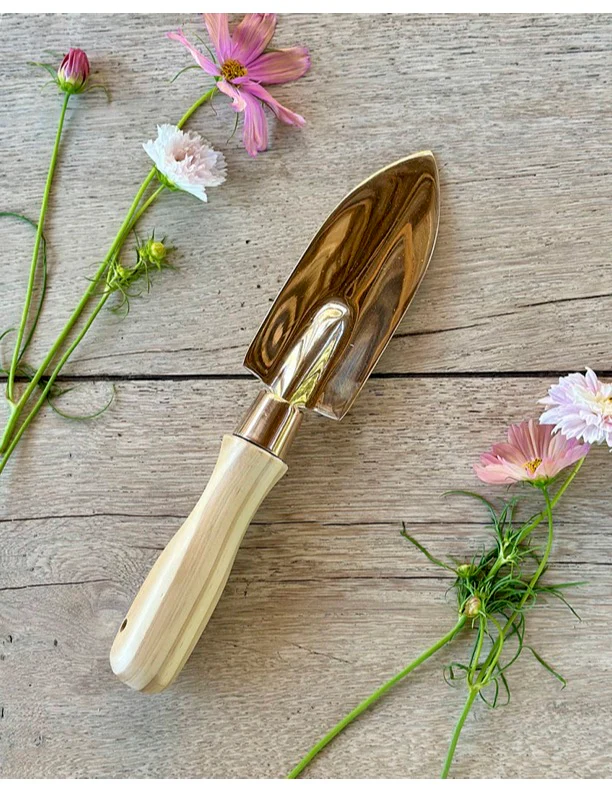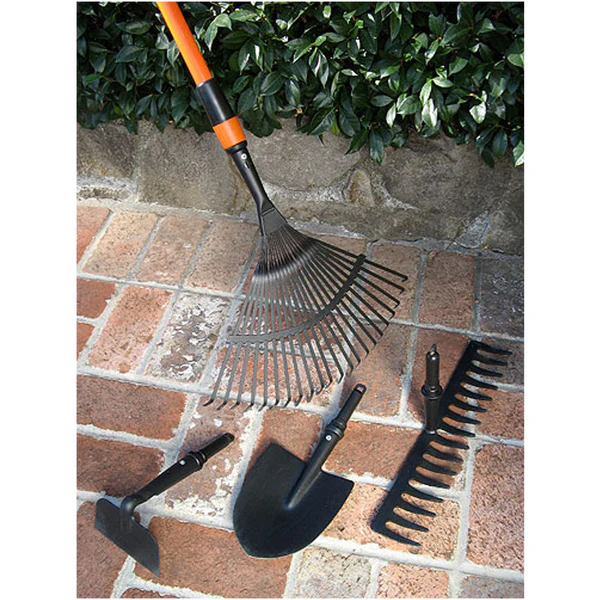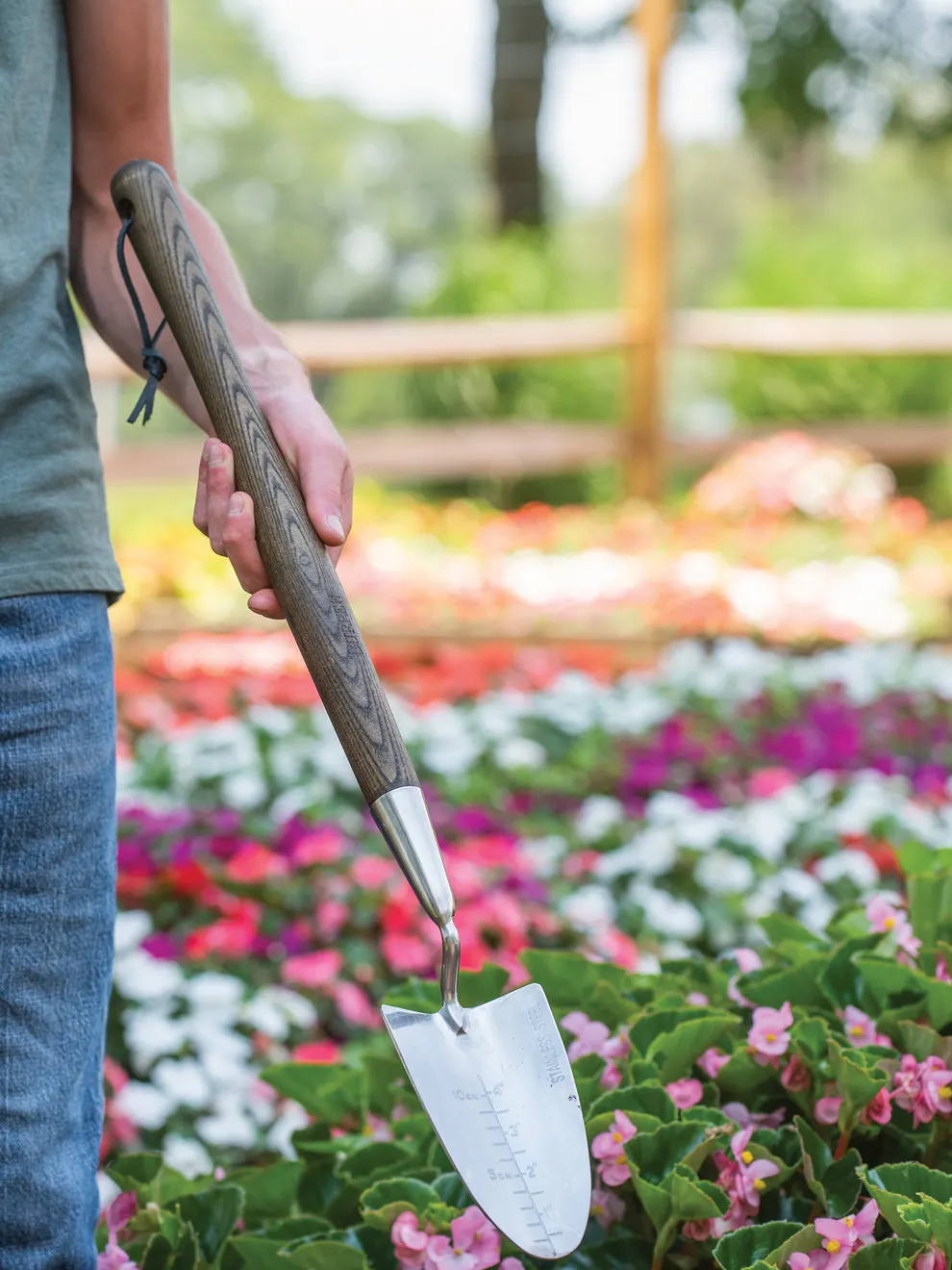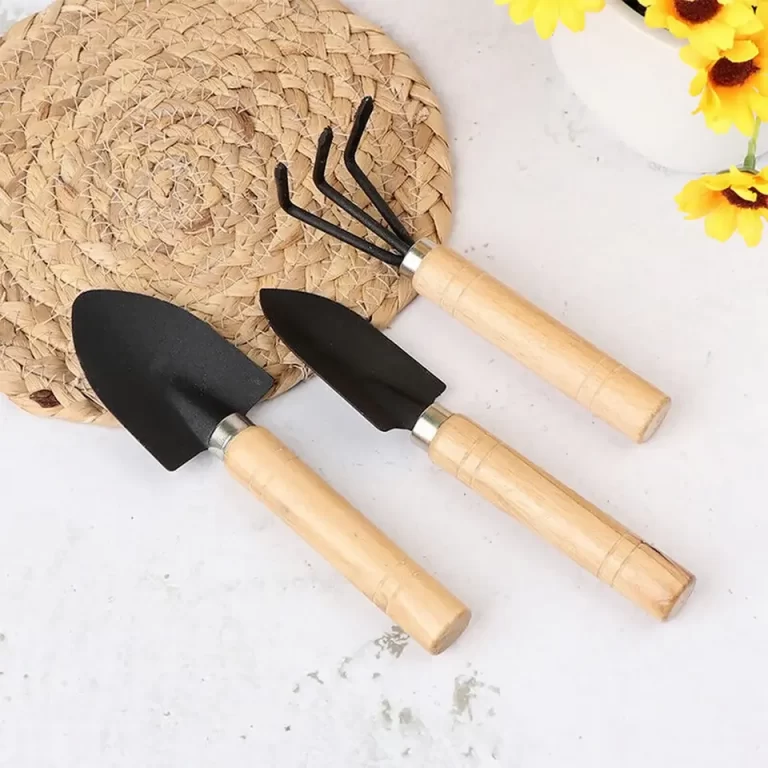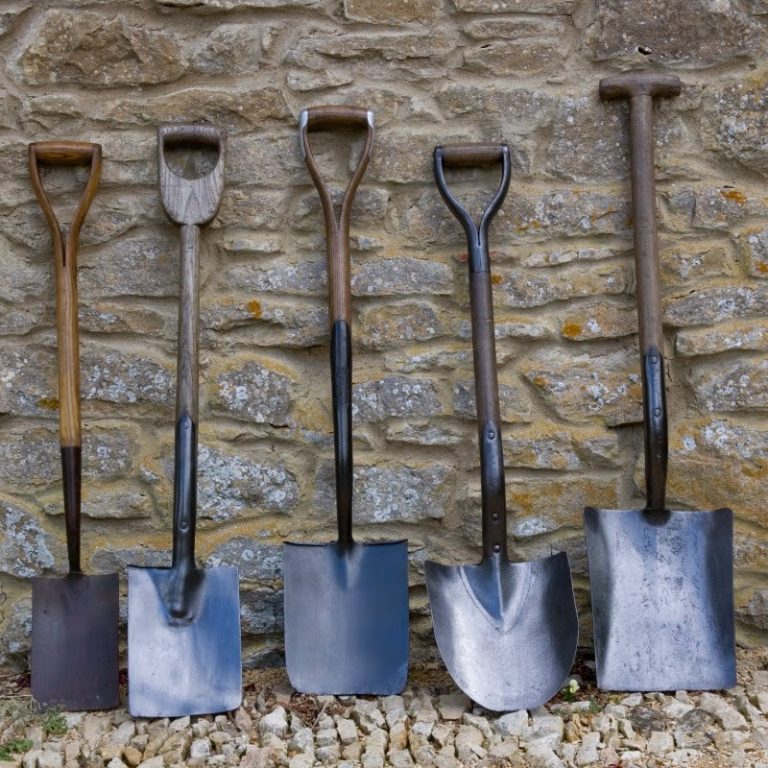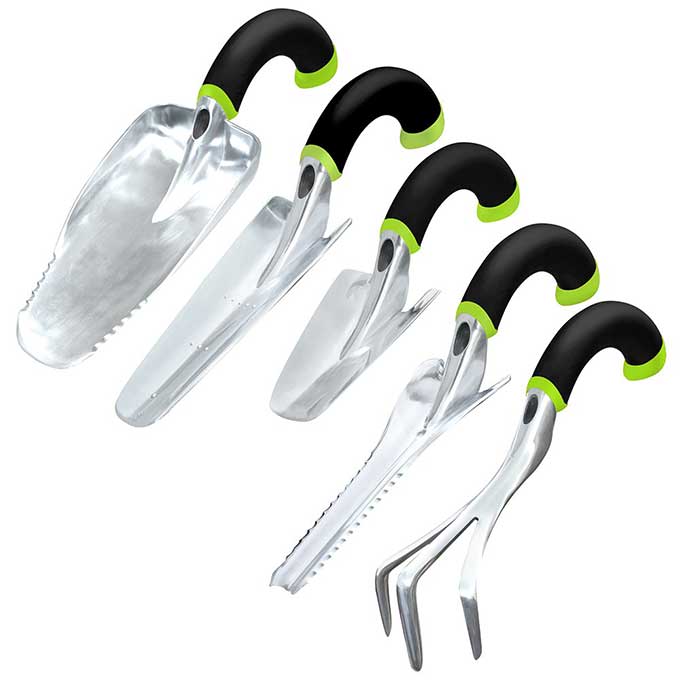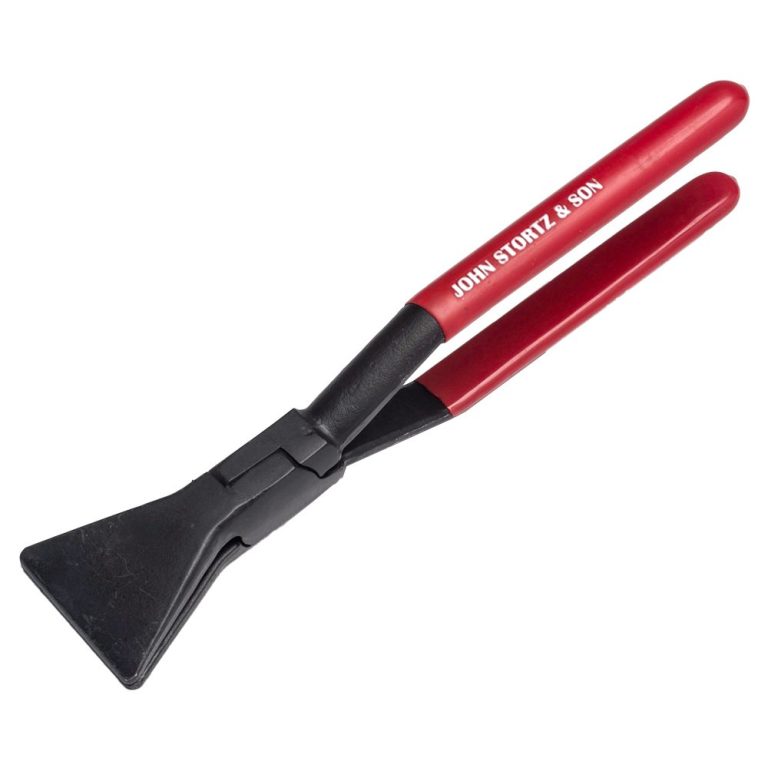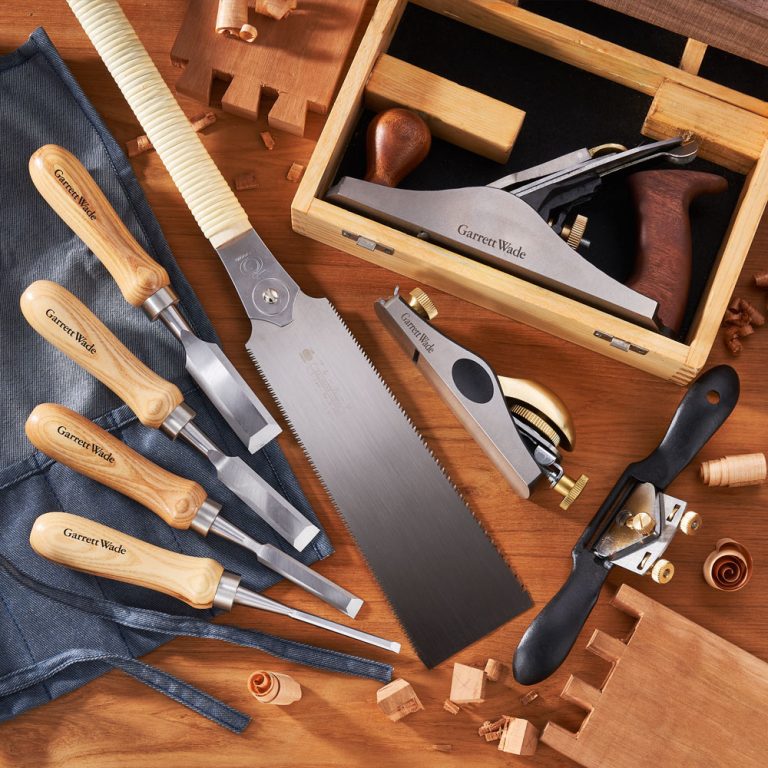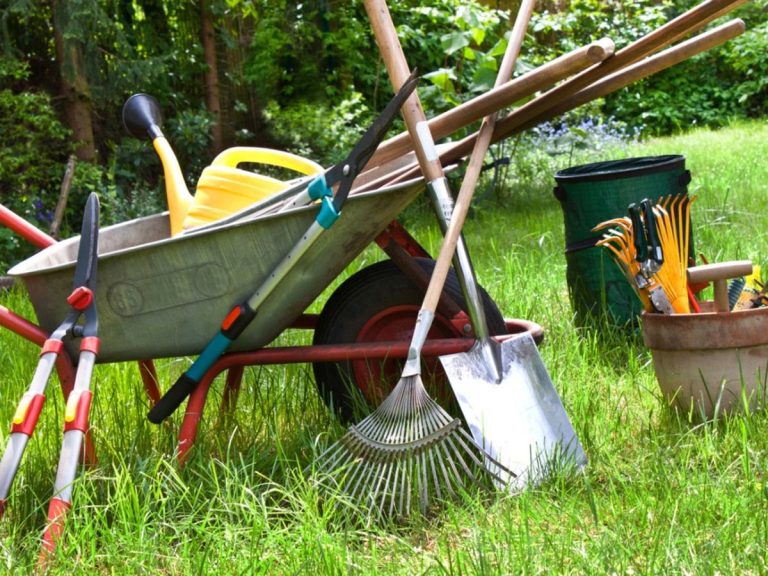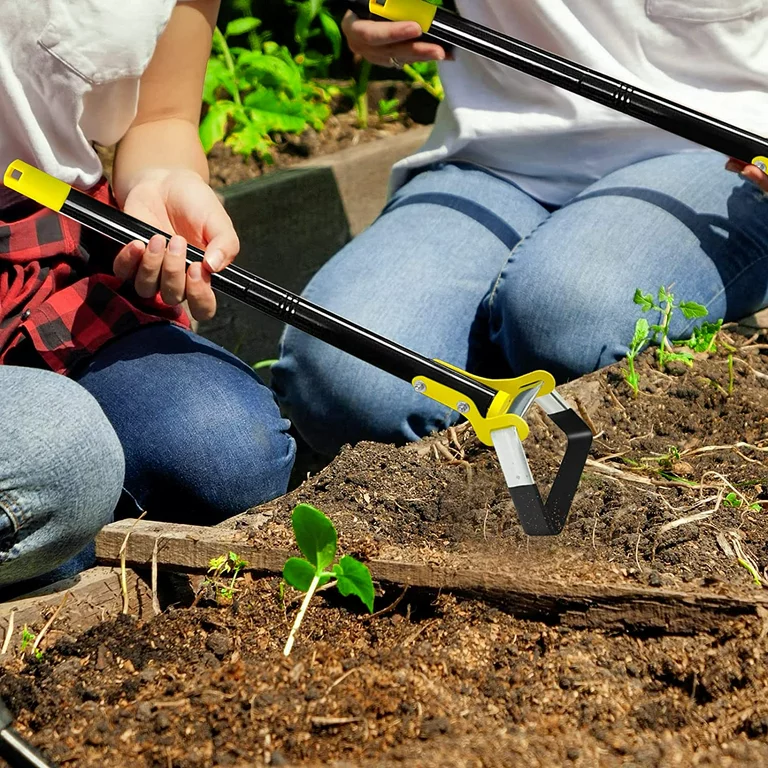Enhancing Gardening with the Right Tool Handles
Garden tool handles seem simple yet play a vital role. They impact user comfort, efficiency, and safety. The right handles minimize strain and fatigue. They maximize control over tasks like digging and pruning. Poorly designed handles cause hand pain and blisters. They increase the risk of injury. Explore the world of ergonomic garden tool handles. Uncover features that transform the gardening experience.
The Importance of Proper Tool Handles
Gardening involves strenuous manual labor over extended periods. Gripping traditional tool handles places significant stress on hands and wrists. This stress compounds over time and with repetitive motions. Incorrect hand positioning leads to inflammation and overuse injuries. Carpal tunnel syndrome, tendonitis, and arthritis can occur. Proper handle design alleviates these risks and discomforts. It allows gardeners to work longer with reduced strain.
For centuries, gardening tools featured rudimentary wooden handles. Ash, hickory, and oak provided sturdy, rigid options. While affordable, these handles offered little ergonomic support. The slick, straight designs created hand fatigue quickly. They also lacked shock absorption capabilities.
As tools modernized, manufacturers began using plastic and rubber compounds. These supplied more comfort through contoured grips and texturing. However, some plastic varieties degraded over time outdoors. Rubbers could become slippery when wet or dirty.
The Rise of Ergonomic Innovations
In recent decades, gardening brands prioritized ergonomic handle design. Advanced materials and shapes prevent overuse injuries. They minimize aches, cramping, and blisters. Ergonomic innovations make gardening tools safer and easier to use.
The ideal ergonomic garden tool handle balances several priorities. It should remain lightweight yet durable enough for constant use. The material must offer a secure, non-slip grip in various conditions. It should resist elements like heat, moisture, and UV exposure. Most importantly, the handle compound should provide cushioning comfort.
Premium Ergonomic Handle Materials
Modern manufacturers utilize specialized compounds engineered for gardening. These materials meet ergonomic demands with enhanced performance.
Thermoplastic Elastomers (TPE)
A combination of plastic polymers and rubbers. TPE delivers a lightweight, impact-resistant, non-slip grip. It cushions and absorbs shocks while remaining firm. TPE resists heat, chemicals, and weather.
Ethylene-Vinyl Acetate (EVA)
This rubber-like foam excels in handheld tools. EVA offers sponginess that reduces vibration and impact. The material stays soft and grippy even in hot conditions.
Thermoplastic Rubbers (TPR)
Contains both rigid plastic segments and flexible rubber polymers. TPR offers superb cushioning and rebound. It maintains grip even in wet, muddy environments.
Silicone Rubber
A synthetic compound that resists moisture, oils, heat, and cold. Silicone provides a tacky, comfortable, non-slip grip. It reduces hand fatigue and aches.
Ergonomic Handle Shapes and Features
In addition to materials, handle shapes play a pivotal role. Innovative contours and textures reduce grip fatigue and strain.
Palm Swells
A bulge or swell in the handle base fills the palm. This prevents sideways twisting and provides power leverage.
Finger Grooves
Indented grooves provide defined, secure placements for fingers. This optimizes grip force distribution over larger areas.
Thumb Indents/Rests
Molded indents or ridges cradle the thumb in a natural position. This removes pressure from this vulnerable area.
Undercut/Flanged Design
A narrowed section between the shaft and grip. This creates a secure barrier preventing slippage.
Textured Patterns
Raised patterns, bumps, or grooves enhance grip traction. Textures prevent slipping even in damp conditions.
Angled/Bent Orientation
Tools with bent handles keep wrists in neutral, unbent positions. This reduces strain and pressure.
One size does not fit all hands comfortably. Many premium brands craft tool handles in multiple size ranges. Some offer customizable options for perfect individualized fits. This ensures optimal ergonomics tailored to each user.

Popular Ergonomic Garden Tool Models
Numerous garden tool lines now emphasize ergonomic engineering. Here are a few top examples leading the charge:
Radius Garden
Tools feature patented natural radius grips, knuckle clearance, and teardrop shape. Handles utilize thermoplastic and rubber compounds.
ErgoGrip by Ames
This rubber over-molded grip creates finger grooves and thumb guide. The palm swell reduces wrist strain.
Radius Ergonomic by Corona
Contoured thermoplastic rubber handles with gel cushioning. Tailored for maximum comfort and control.
Fiskars Ergonomic
Proprietary ComfortGrip made of rigid plastics over rubber compounds. Perennial winners of Ease-Of-Use awards.
Green Rite Elite
EVA foam handles with ergonomic thumb grips. Available in multiple sizes for personalized fit.
The Ergonomics of Gardening Safety
Ergonomic tool handles extend beyond comfort and strain reduction. They enhance productivity and safety while gardening.
Secure Grip
Non-slip grips provide constant tool control. No slips, drops, or miscues while working.
Leverage and Power Angled shapes plus palm swells create optimal power leverage. This prevents overexertion and sudden impacts.
Consistent Hand Positioning Grooved placements guide hands into neutral positions. Proper alignment prevents wrist deviation and strains.
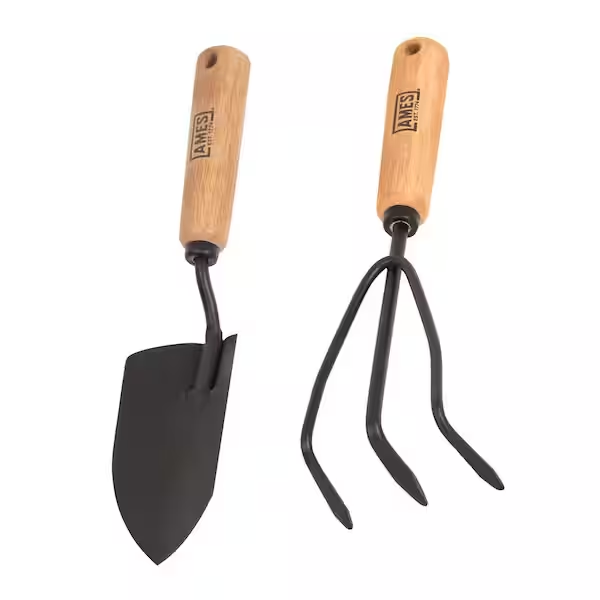
Gardening Recommendations
For ideal ergonomic benefits, follow these tips when gardening:
- Select tools with the right handle length for your height
- Choose ergonomic handles sized for your individual hand size
- Focus on lightweight yet durable, weather-resistant materials
- Use tools with textured, contoured non-slip surfaces
- Maintain a straight wrist position as much as possible
- Take periodic stretch breaks to avoid prolonged static grips
Final Thoughts on Ergonomic Garden Tools
The right ergonomic tool handles transform gardening from a chore into an enjoyable activity. They provide superior comfort and control. This reduces strain, fatigue, and overuse injuries. With tailored ergonomic features, gardeners can work longer with greater ease and efficiency. When selecting garden tools, always prioritize ergonomic designs. Your hands will thank you after every landscaping task!
In conclusion, the importance of garden tool handles cannot be understated. Embracing high-quality, ergonomic handles ensures comfort and reduces strain during gardening tasks. The right handle material, such as sturdy wood or cushioned rubber, provides a secure grip and minimizes hand fatigue. Well-designed handles also improve control and precision, enhancing the efficiency of various gardening activities.
Whether it’s digging, pruning, or planting, the right handle makes a significant difference in the overall experience and productivity. Investing in tools with well-crafted handles is essential for ensuring a pleasant and effective gardening process. Overall, comfortable and durable handles are a crucial factor in selecting the best garden tools for a smooth and enjoyable gardening experience.
